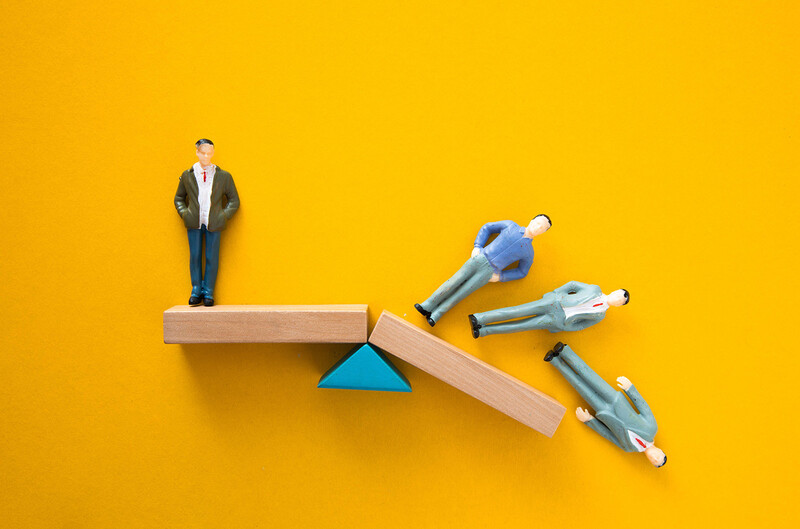There are two kinds of found art. There is the Marcel Duchamp–Pablo Picasso variety in which the creator sticks a urinal or a gas-jet on a stand and says, “Look what I found: This is art.” And there is the kind of unintentional art in which a chair or a streetlamp or a photograph is created with such skill that a viewer, unprompted, knows it is art when he sees it.
The black-and-white photographs in New York, Empire City 1920–1945 were found and rescued with a great stroke of good luck by David Stravitz in the late 1970s. Readers can tell that they’re art even if the original creators couldn’t.
Stravitz, greatly interested in photography and photo equipment, had heard that an old photographer was closing his studio and selling his equipment. He went to check out the material, found a few things that interested him, and then came across five boxes of eight-by-ten-inch negatives. The old photographer had set the negatives aside to have the silver reclaimed from them, a common procedure that, of course, destroyed the negatives as part of the process.
Stravitz bought the 500 negatives and, decades later, has produced this stunning book, with an essay and descriptive notes by Christopher Gray. (The duotones are beautifully printed and the book handsomely bound.) The photos were probably taken by or for the firm of Alfred E. Peyser and August L. Patzig for specific clients to record something as it was. To capture, expertly, a building, a block, or a construction project. We have portraits of hotels and apartments, cityscapes of whole swaths of Manhattan, intimate views of street corners, and a handful of interior studies. (What appears to be a bottle-washing facility in the basement of the Chrysler Building is as shiny and as intricately tiled as a Jean-Léon Gérôme harem.) What strikes the viewer immediately throughout the book is the sharpness of these images: the big negatives “capture detail like gold dust,” writes Gray. There are the architectural details that the photographers intended to capture, but we’re also treated to advertising and street signs, 1930s taxis, window dressings, and strollers and shoppers dressed as if they knew they’d be photographed. And what of the photographers who hauled their enormous cameras, tripods, and cases of plates to the rooftops and ledges opposite their clients’ buildings or sites? They’re as anonymous as the passersby giving these pictures their motion — and extra meaning.


